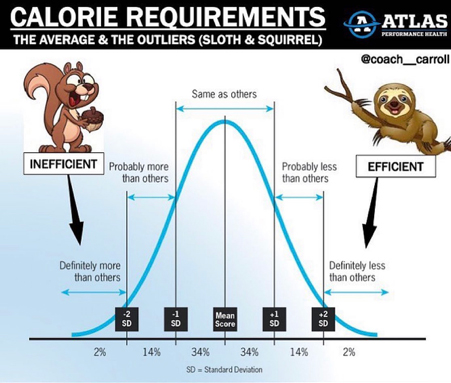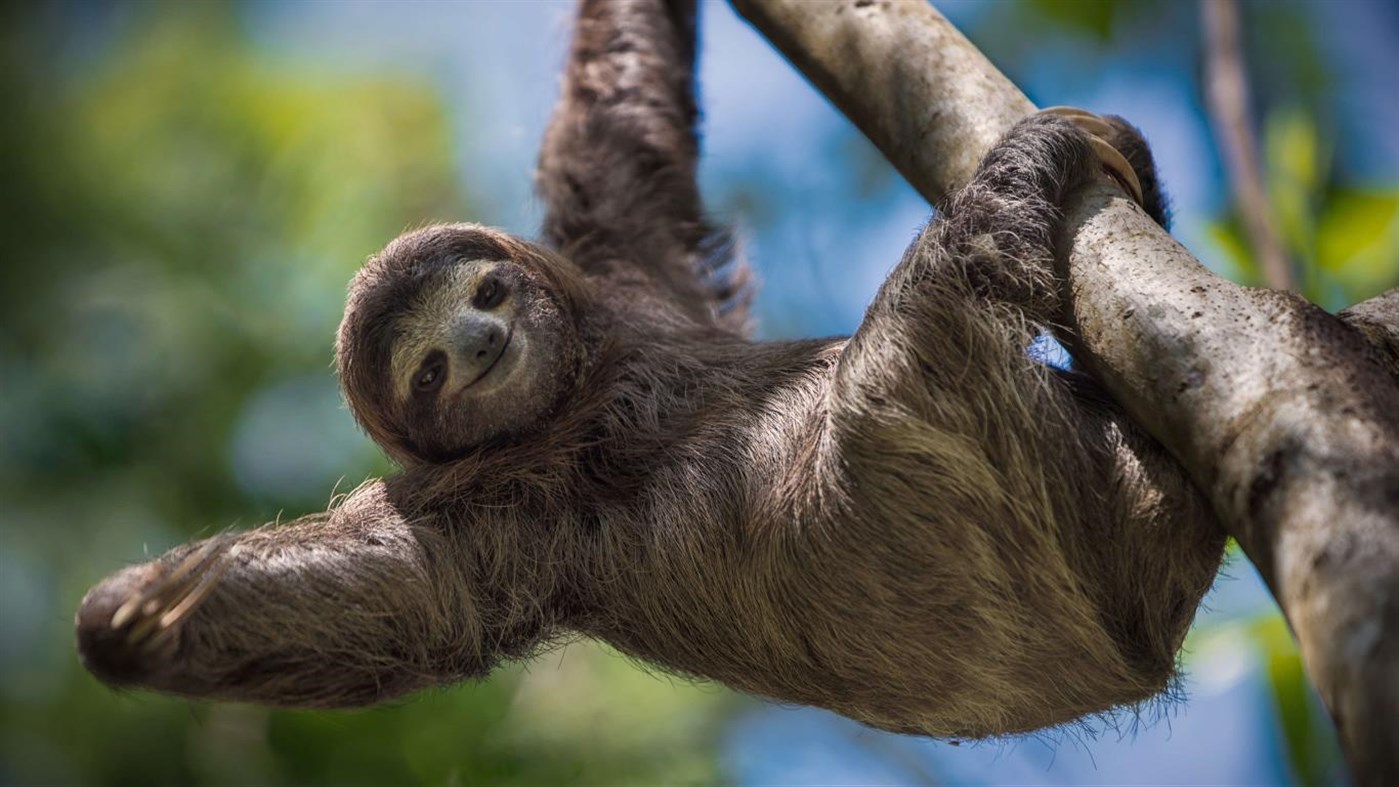Why are Sloths Slow?
December 2, 2021
Sloths are the slowest mammal in the world, and they spend the majority of their lives upside down. Known for their adorable features and mind-bogglingly slow pace, sloths have become synonymous with laziness, particularly in children’s cartoons. However, it is this seemingly leisurely pace that has become the secret to their survival.
Their ability to move so gracefully and carefully is incredible, considering that they have less than half of the muscle mass of most other upright mammals. There once were over 50 different species of sloths, including the infamous giant ground sloths.

However, over time, widely debated causes (including climate changes altering plant communities, human predation, and habitat disruption) led to the extinction of ground sloths at the end of the Pleistocene epoch, along with many other big mammals. Although many of the sloth species died off, a few small tree-dwelling species remained. These species include two-toed sloths and three-toed sloths (see image below), which are as genetically different as cats and dogs, according to zoologist Lucy Cooke.

But why are they slow? Well, the key to these adorable creatures’ survival is their EXTREMELY slow metabolism. This has become their superpower, so to speak, with their metabolism allowing them to heal from injuries that would be typically fatal for most other animals. For example, sloths have been known to thrive even after double amputations or powerline electrocutions. Additionally, this slow pace helps them to be less detectable to predators, who typically are on the lookout for fast-moving prey.
Sloths are perfect for their environments, with their entire bodies having been adapted to use as little energy as possible. They have a low body temperature of around 32.7°C (compared to the average human temperature of 36.5°C). Similar to ectotherms (aka reptiles, amphibians, fish, invertebrates, etc.), their body temperature can waver by 10°C based on the positions of their bodies. Additionally, they have the slowest metabolic rate of any non-hibernating animal, with three-toed sloths having an even significantly lower rate than two-toed sloths.

Sloths don’t need to eat much, nor do they need to eat food with significant calorie contents. Usually, animals that rely on a primarily leaf-based diet have to eat large amounts to sustain themselves. While there is conflicting information regarding the true rate of digestion, their four-chambered stomachs are always full, and it is estimated that digestion takes anywhere between 157 hours and 50 days.
While their slow metabolisms (and therefore speeds) are a major factor in their survival, another factor is their fur, which traps moss and allows the algae to grow so that the sloths maintain a slight green coloring, which helps them hide from predators and appear similar to trees.

Although the term “sloth” may have a negative connotation in that it is associated with slowness and laziness, it is these features that have allowed them to exist for an estimated 60 million years.

